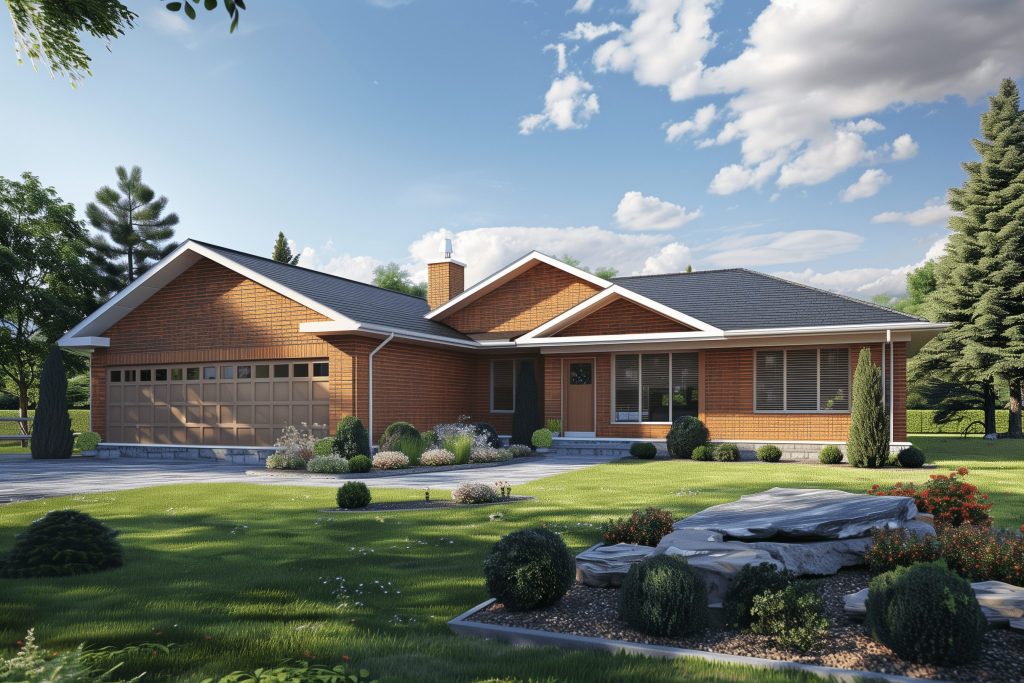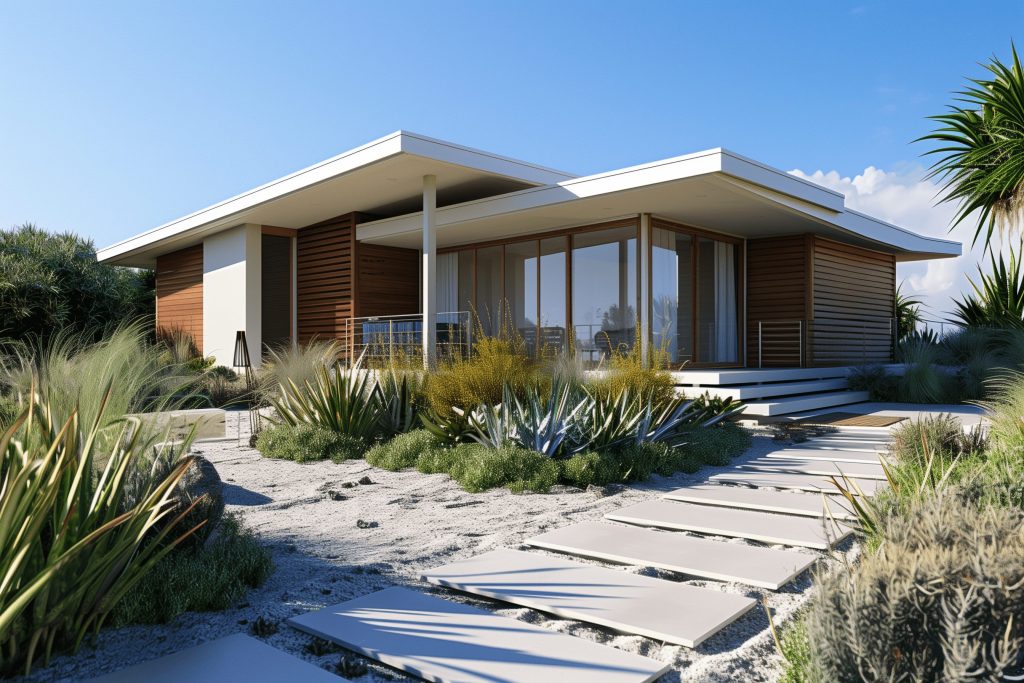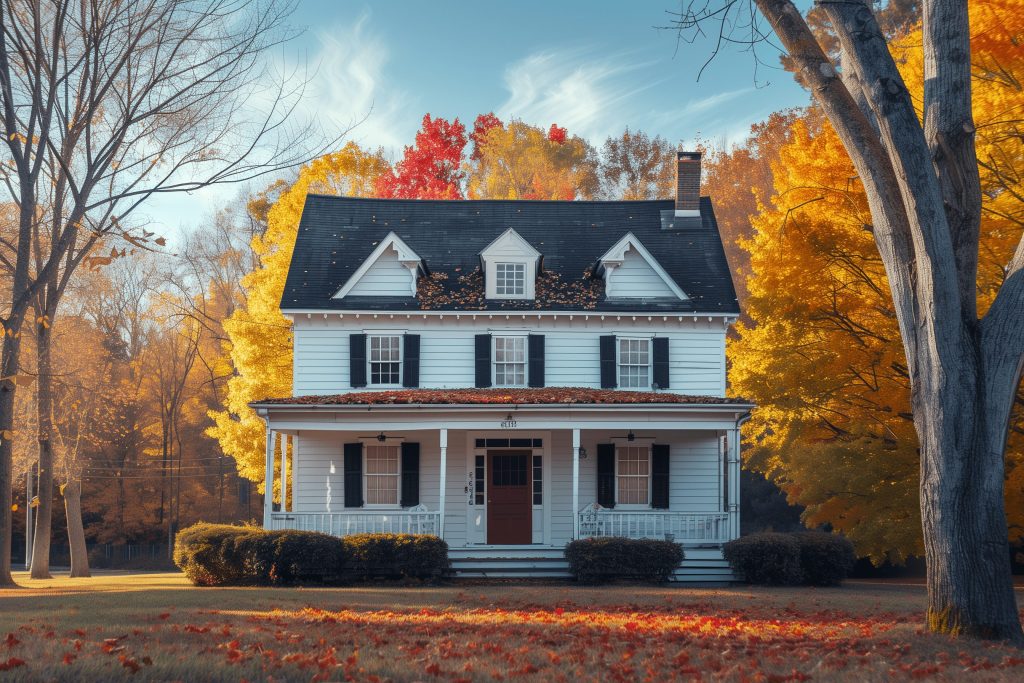When evaluating the true cost of homeownership beyond the down payment, understanding expenses like initial closing costs, ongoing maintenance, property taxes, homeowners insurance, and unexpected repair fees is crucial for effective financial planning. These factors can greatly impact your budget and overall financial security. From appraisal and title insurance to emergency repairs and renovation fees, each aspect requires careful consideration to make sure you are financially prepared for homeownership. Being proactive in budgeting for these various costs will help you navigate the complexities of owning a home and safeguard your financial well-being.
Key Takeaways
- Homeownership costs include appraisal, title insurance, ongoing maintenance, property taxes, homeowners insurance, and unexpected repairs.
- Ongoing maintenance expenses should be budgeted for to prevent deferred maintenance.
- Property taxes are influenced by assessment value and millage rates, impacting financial planning.
- Homeowners insurance costs vary based on factors like location and coverage limits.
- Setting aside a contingency fund for unexpected repairs and renovations is crucial for homeowners.

Initial Closing Costs
When purchasing a home, be prepared for the initial closing costs, which encompass various fees and expenses beyond the purchase price. Two significant components of these costs are the home appraisal and title insurance. The home appraisal is an important step in the homebuying process as it determines the fair market value of the property. This assessment is vital for both the buyer and the lender, guaranteeing that the property is worth the agreed-upon purchase price. Typically, the cost of a home appraisal ranges from $300 to $500, depending on the location and size of the property.
Title insurance is another critical aspect of the closing costs. This insurance safeguards both the lender and the buyer against any unforeseen issues with the title of the property. It ensures that the title is clear and that there are no outstanding liens or claims on the property. The cost of title insurance can vary but is generally around 0.5% to 1% of the purchase price of the home.
Understanding these initial closing costs, including the expenses related to a home appraisal and title insurance, is essential for a smooth homebuying process. Being aware of these costs upfront can help you budget effectively and avoid any surprises as you move forward with purchasing your new home.
Ongoing Maintenance Expenses
Prepare for ongoing maintenance expenses as an integral aspect of the true cost of homeownership, encompassing regular upkeep and repairs to guarantee the property’s value and functionality. Regular upkeep expenses cover routine tasks like HVAC servicing, gutter cleaning, and lawn care. These costs are recurring and can add up substantially over time. Budgeting for these routine expenses is essential to prevent deferred maintenance, which could lead to more expensive repairs down the line. Additionally, emergency repairs are unforeseen expenses that homeowners should always be prepared for. These sudden costs could arise from issues like a leaking roof, a broken water heater, or a malfunctioning HVAC system. Having a financial safety net specifically allocated for emergency repairs can provide peace of mind and prevent financial strain in times of crisis.

| Regular Upkeep Expenses | Cost Range ($) | Frequency |
|---|---|---|
| HVAC Servicing | 100-300 | Annually |
| Gutter Cleaning | 75-225 | Bi-Annually |
| Lawn Care | 100-500 | Monthly |
Property Tax Considerations
Factor in property tax considerations as an important financial obligation that directly impacts the overall cost of homeownership. Property taxes are based on the assessment value of your home, which is determined by local government authorities. The assessment value, often a percentage of the property’s market value, serves as the basis for calculating property taxes. Millage rates, expressed in mills (one mill is equal to one-tenth of a cent), are then applied to the assessment value to determine the final tax amount owed.
Understanding how assessment values and millage rates influence property taxes is essential for homeowners. Higher assessment values result in increased property tax payments, while millage rates set by local governments can vary significantly from one area to another. Being aware of these factors allows you to anticipate and budget for property tax expenses accurately.
Moreover, changes in assessment values or millage rates can impact your financial planning. If your home’s assessment value increases, your property tax bill will likely rise as well. Similarly, a higher millage rate imposed by local authorities can lead to an increase in property tax payments. Keeping track of these changes ensures that you are prepared for any adjustments in your property tax obligations and can make informed decisions regarding your homeownership costs.

Homeowners Insurance Costs
Consider how homeowners insurance costs can greatly impact your overall financial obligations as a homeowner, especially when managing the various expenses associated with owning a property. When evaluating homeowners insurance, it’s important to understand the balance between policy coverage and premium rates. Policy coverage refers to the extent of protection your insurance provides for your home and belongings in case of damage or theft. Premium rates, on the other hand, represent the amount you pay for this coverage, typically on a monthly or annual basis.
The cost of homeowners insurance can vary greatly based on factors such as the location of your property, its age, the materials used in construction, and your credit score. Insurance companies also consider the coverage limits and deductible you choose when calculating your premium rates. Generally, higher coverage limits and lower deductibles result in higher premiums.
It’s essential to carefully review different insurance policies to find the right balance between coverage and cost. Comparing quotes from multiple insurers can help you find competitive premium rates without compromising on essential coverage. Remember that investing in a detailed homeowners insurance policy can provide you with peace of mind and financial security in the event of unforeseen disasters or emergencies.
Unexpected Repair and Renovation Fees
Unforeseen repair and renovation fees can greatly impact your financial stability as a homeowner, necessitating a vital approach to managing unexpected expenses. When it comes to emergency repairs, budgeting for potential issues is vital. Statistics show that the average homeowner spends around 1% to 4% of their home’s value on maintenance and repairs annually. This means that for a $300,000 home, you could be looking at $3,000 to $12,000 per year in unexpected repair costs.
Home improvement projects also often come with surprises that can strain your budget. Research indicates that nearly 1 in 3 homeowners exceed their planned renovation budget. This overspending can lead to financial stress and potentially impact your long-term financial goals. To mitigate these risks, it’s essential to set aside a contingency fund specifically for unforeseen repair and renovation expenses. Experts recommend allocating at least 1% of your home’s value annually to this fund to make sure you are adequately prepared for any unexpected costs that may arise.

Frequently Asked Questions
Do Utility Costs Significantly Impact Homeownership Expenses?
Utility costs can greatly impact homeownership expenses. Consider energy efficiency upgrades and water conservation strategies to reduce these costs. By implementing these measures, you can not only save money but also contribute to a more sustainable living environment.
How Can I Estimate Potential HOA Fees Before Purchasing?
Estimating potential HOA fees before purchasing involves analyzing the association’s budgeting trends, fee structures, and reserve funds. Negotiating fees based on data-driven insights can help you manage costs effectively and make informed decisions regarding your homeownership investment.
Are There Any Tax Breaks for First-Time Homebuyers?
You might think tax breaks for first-time homebuyers are elusive, but they exist. By deducting mortgage interest and property taxes, you can potentially lower your taxable income, providing financial relief as you start on homeownership.
What Factors Influence Fluctuations in Homeowners Insurance Rates?
Location impact and home value factors greatly influence fluctuations in homeowners insurance rates. Areas prone to natural disasters or high crime rates may result in higher premiums. The value of your home also affects insurance costs.
How Can I Prepare Financially for Major Home Repairs?
Wondering how to financially prepare for major home repairs? Start by building an emergency fund for unexpected expenses. Consider investing in home warranties to help cover the costs of repairs and maintenance, providing peace of mind.
Conclusion
To summarize, the true cost of homeownership extends far beyond the initial down payment. From ongoing maintenance expenses to unexpected repair fees, owning a home involves a multitude of financial considerations. Just like peeling back the layers of an onion, each layer reveals a new expense that must be carefully budgeted for. By understanding the full scope of homeownership costs, you can better prepare yourself for the financial responsibilities that come with owning a home.



